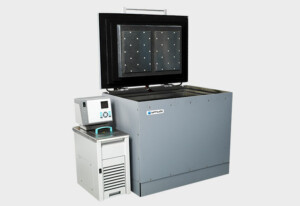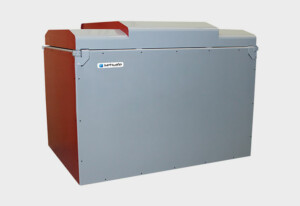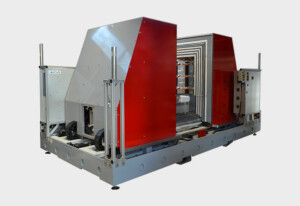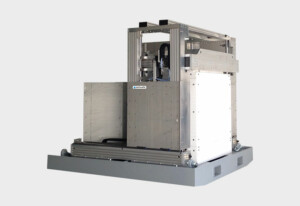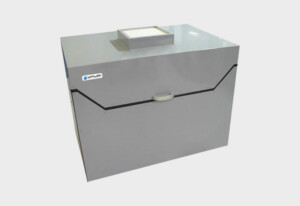How and why quantify americium ? (White paper)
Date: - Categories: Setsafe News
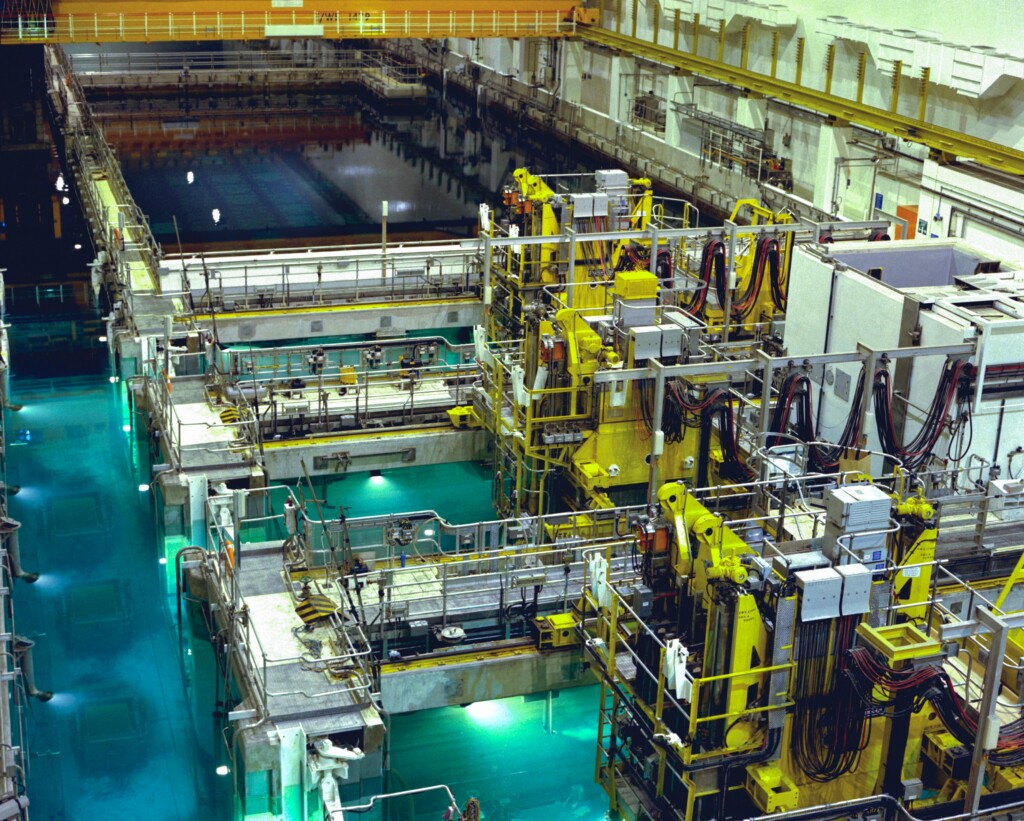
Managing inventories and quantities of radioactive materials and waste in any nuclear facility presents significant challenges. These include protecting workers and the public from ionizing radiation hazards, leveraging these inventories for economic development, mitigating risks of loss, theft, or misuse of these materials for hostile purposes, and minimizing the constraints imposed on future generations.
Learn all about americium
Explore the opportunities and challenges of quantifying americium, methods for characterizing this radioactive material, and techniques to ensure maximum reliability. Find answers to these questions and more in our white paper.
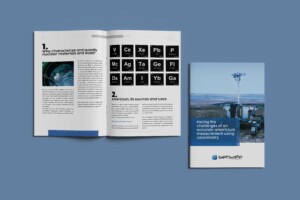
Calorimetry, the ideal technique to measure and quantify americium ?
Calorimetry is a technique based on the measurement of heat released by a package of radioactive material or waste. It is known to be very reliable, particularly for characterizing plutonium, tritium or americium-241.
It has indeed interesting advantages for these measurements:
-
Non-destructive
The measurement is non-destructive and performed on the whole container, so it is representative.
-
Precise
Calorimetry allows measurement accuracies of americium quantities down to 0.1% when applied to concentrated homogeneous materials. It is considered to be the most reliable of all nondestructive americium analysis techniques.
-
Adaptable
Calorimetry can be used on any type of matrix or material, because its measurement results are not influenced by them.
-
Reliable
Calorimetric measurement does not depend on object geometry or the chemical form of the radioelement.
